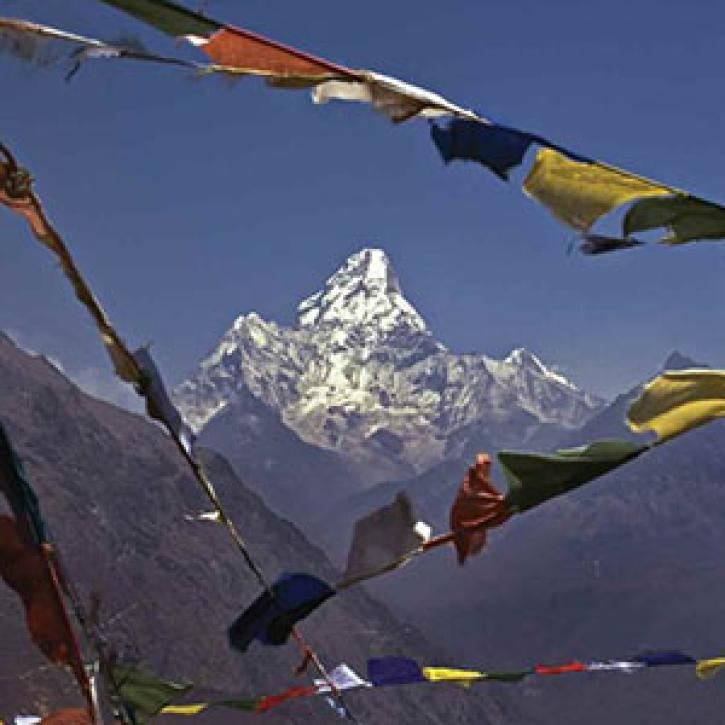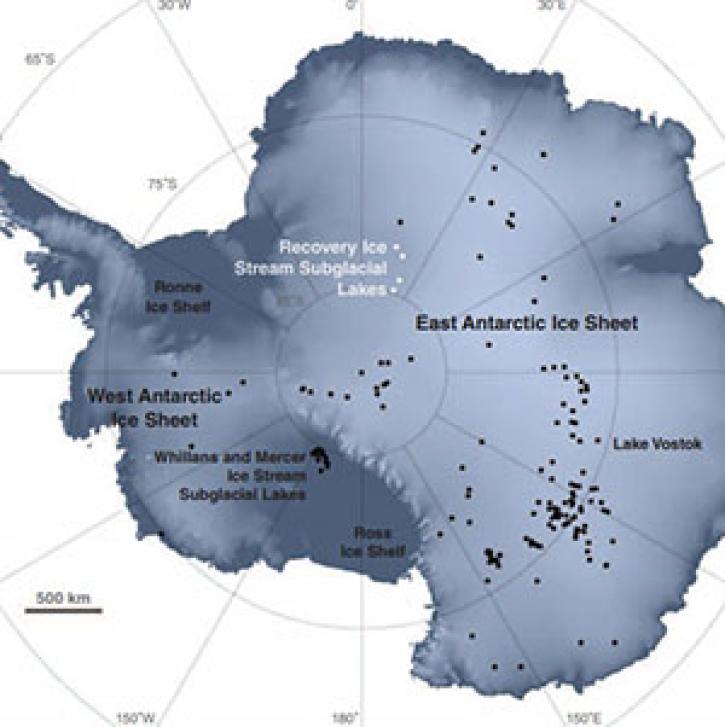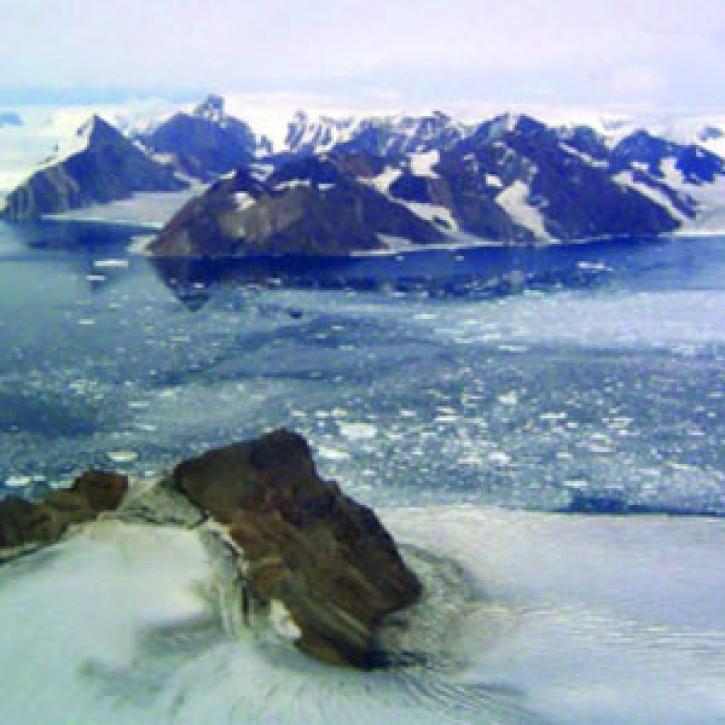Access a range of datasets and data tools to further your glaciers research.
Glaciers, the creeping ancient giants of the cryosphere, are relics of Earth’s past yet incredibility relevant to its present and future. Glaciers, ice caps, and related forms of land ice can be up to 1,000,000 years old and hold nearly 70% of the world’s fresh water. The World’s largest glacier, the Seller Glacier in Antarctica, is 7,000 square kilometer in area alone. Scientists estimate that if all of Earth’s land ice were to melt, it would raise global sea level by 70 meters. Glaciers typically begin to form when the seasonal accumulations of snow falling in mountainous areas transform to ice, never completely melt away, and build up in new layers each year. As glaciers grow, gravity begins to pull them down into valleys below. Some glaciers become large enough to form ice caps, which are less than 50,000 square kilometers, or ice sheets more than 50,000 kilometers in size.
Glaciers are enormously important to track and study because they shape Earth's terrain, provide water and nutrients to ecosystems and communities, influence and regulate weather and climate, and contribute to global sea-level rise. NASA has many datasets to help researchers and planners learn what they need to know about glaciers and where they are slowly but surely heading.
Learn How to Use Glaciers Data


Join Our Community of NASA Data Users
While NASA data are openly available without restriction, an Earthdata Login is required to download data and to use some tools with full functionality.
Learn About the Benefits of Earthdata LoginFrequently Asked Questions
Earthdata Forum
Our online forum provides a space for users to browse thousands of FAQs about research needs, data, and data applications. You can also submit new questions for our experts to answer.
Submit Questions to Earthdata Forumand View Expert Responses

